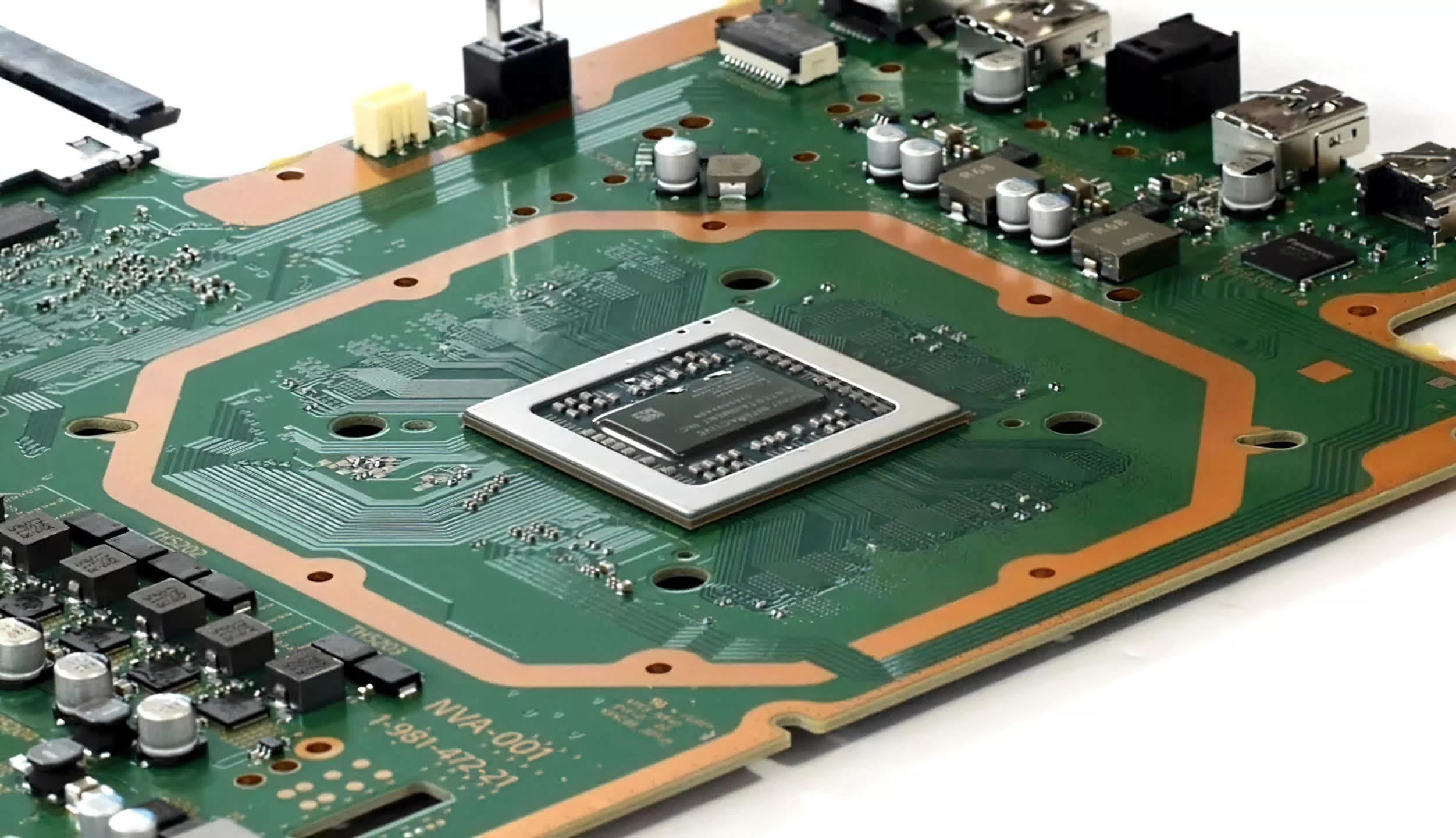Something to look forward to: Enhanced ray tracing performance is a significant feature of Sony’s newly announced PlayStation 5 Pro console. Before its official debut, speculations had consistently suggested that the mid-generation upgrade would include ray tracing technology based on AMD’s forthcoming RDNA 4 GPU architecture. Recent remarks from PlayStation designer Mark Cerny have nearly confirmed these theories.
In an in-depth interview with CNET following the announcement of Sony’s PlayStation 5 Pro console, designer Mark Cerny confirmed speculations that the device’s ray tracing capabilities are built on an architecture not yet available in AMD’s PC graphics cards. Although Cerny did not explicitly name RDNA 4, no other plausible candidates are known.
Cerny explained that the PS5 Pro utilizes new ray tracing feature sets developed by hardware partner AMD for the next phase of its roadmap. Earlier reports this year suggested that RDNA 4 GPUs, expected to debut in 2025, would significantly improve ray tracing performance compared to RDNA 3, and especially to the RDNA 2 chips that drive the original PlayStation 5 and Xbox Series consoles.

Although recent AMD GPUs have kept pace with Nvidia’s RTX products in traditional rasterized lighting, they fall significantly behind in ray tracing performance. For instance, in Black Myth: Wukong, which heavily depends on ray tracing, AMD’s $900 flagship Radeon RX 7900 XTX performs worse than Nvidia’s mainstream GeForce RTX 4060 Ti – a card that is half the price and has only one-quarter the memory. However, with ray tracing disabled, the 7900 XTX leaps ahead by two Nvidia product tiers, ranking just below the similarly priced RTX 4080.
AMD’s deficiencies in ray tracing are apparent in numerous console games that use the technology sparingly. Titles like Cyberpunk 2077 and Alan Wake 2 on PS5 incorporate little more than ray-traced shadows, while their PC versions offer far more advanced settings, including path tracing. While the PS5 Pro may not entirely bridge this gap, it will likely support more ray tracing features or improve frame rates in games utilizing the technology.
A July leak indicated RDNA 4 will feature a technique called “Ray Tracing Tri Pair Optimization,” which may either double the number of dedicated RT units or enable RT engines to handle twice as many ray-triangle intersection calculations per clock cycle. Further optimizations in Bounding Volume Hierarchy could also boost performance.
Despite these advancements, AMD has confirmed that its next GPU generation will concentrate on affordable mid-range and mainstream cards, leaving Nvidia’s upcoming RTX 5080 and 5090 unchallenged in the high-end segment. Both GPU lineups, along with Intel’s Arc Battlemage, are expected to launch in early 2025.




